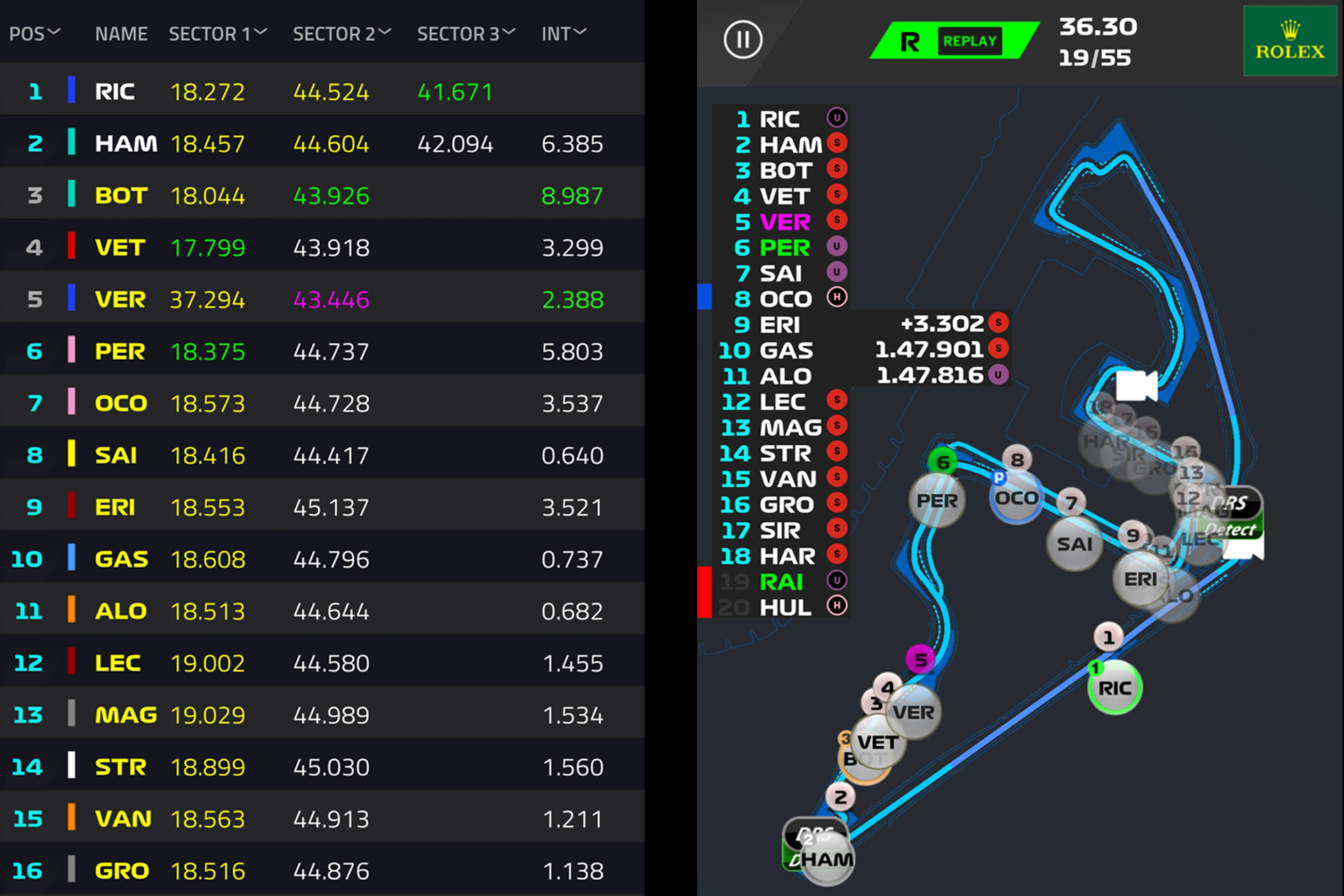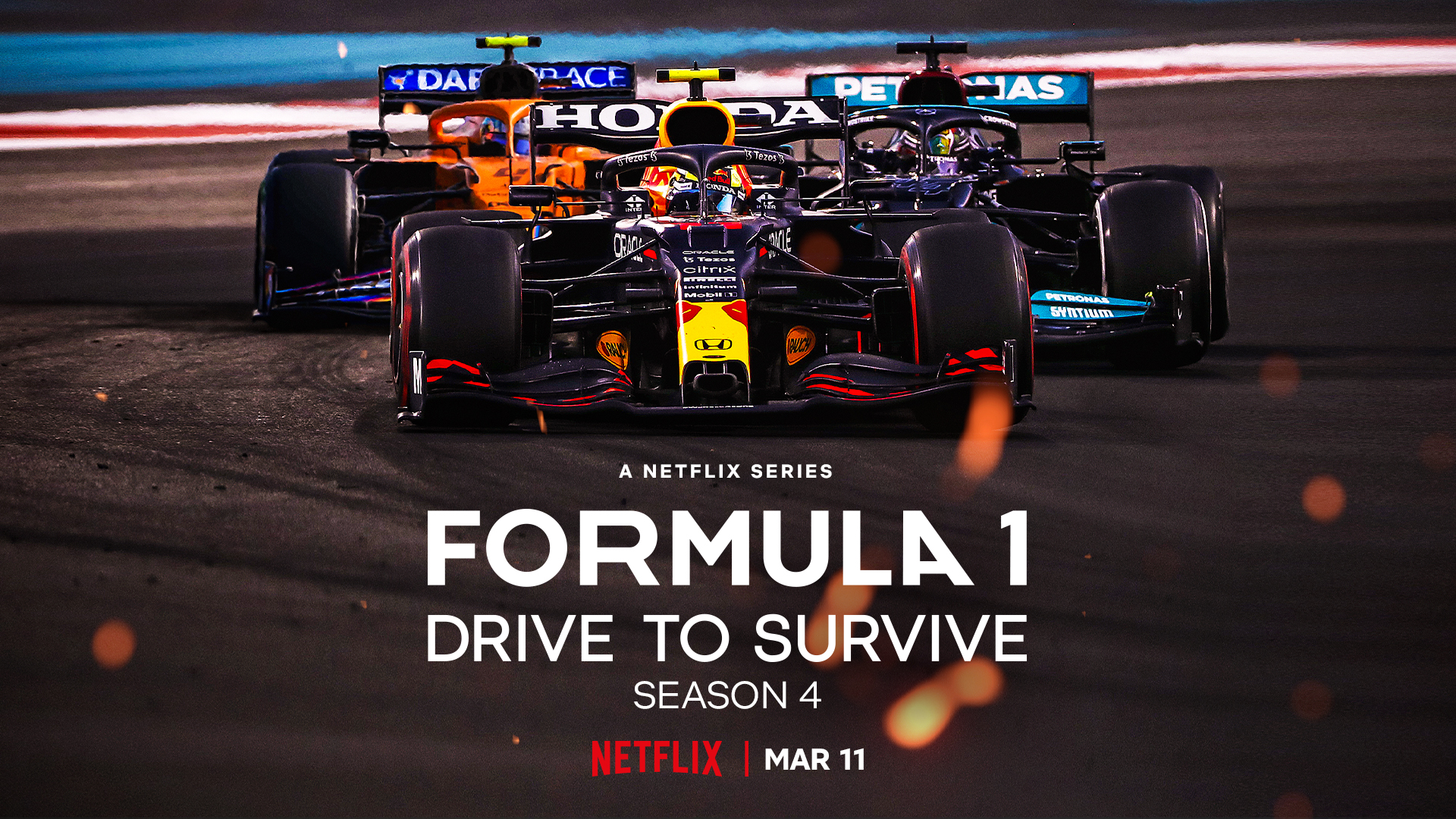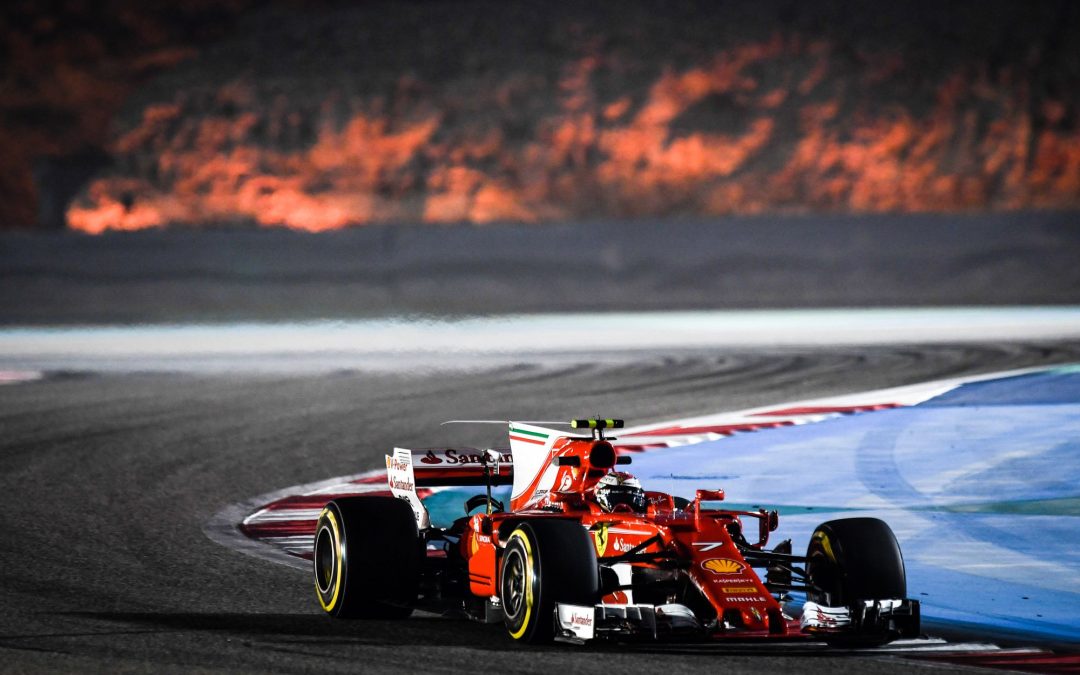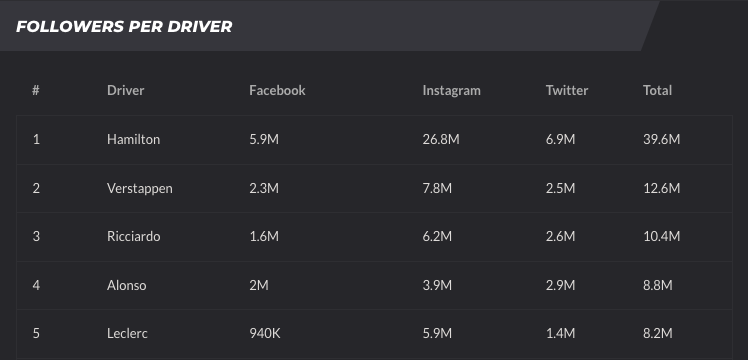Fireworks, Hamilton, Verstappen, millions of dollars, fast cars and race tracks in different big cities of the world. The world of Formula 1 is about intensity, and pushing the limits of both the athlete and the team, but also the technology that surrounds the sport. In the latter, technology and marketing have been used in an extremely intelligent way, with the result that in recent years Formula 1 is one of the sports with the highest growth in audience and movement on social networks.
With controversy and giving something to talk about both on and off the track, this sport has managed to have new followers of different age ranges. Formerly the target segment was aimed at men around the 70s and older, but today the panorama has changed, having much more diverse followers, which is reflected in the increase in audience and tickets purchased.
How did exactly the marketing help F1 to be so popular today?
The times change

Bernie Ecclestone, former chief executive of the Formula One Group, was focused on offering this show to an older segment and with enough money to pay for the transmission of the race on TV or to pay for the tickets, which is a luxury for some.
If we take the Barcelona race for example, just going on Sunday would cost €90, and for the weekend it varies between €130 and €495.
In 2018 Liberty Media bought Formula One group, bringing several changes and a more modern perspective of how to relate to the client with a longer-term vision than the previous ones. They were open enough to find and charm a new audience and not just older men.

The most symbolic change was the logo, but they also made many more technical changes to give a better show. Formula 1 has always stood out for the deployment of technology it uses to broadcast races on weekends. High-resolution cameras, helicopters, microphones and explanatory graphics.
The new owners of the company began to rethink the whole scheme, from putting different camera angles, microphones in different places to feel the real sound of the car, and new rules to make the race more competitive, all so that nearly half a billion viewers feel a closer experience. In total there are 90 cameras and 147 microphones.
Everything to improve the user experience
CEO Chasey Carey has a vision of transforming F1 from motorsport to an entertainment spectacle. To make it more competitive, they have put in place more technical and financial regulations, which means an important change for the teams. “We have 21 races,” he said. “We should have 21 Super Bowls. They should be week-long extravaganzas with entertainment and music, events that capture a whole city.”
In addition, 360 cameras have been implemented, which means that VR technology is being experimented with and in the future we could watch the races from our own homes, seeing all the detail that surrounds a single-vehicle, improving how the experience of the Formula 1 is lived and made a game-changer on sports.
“Eventually, we hope to be able to stream that live from the car and then people at home could watch the main feed on their TV and [a 360° feed] on a mobile device,” says Steve Smith, responsible for the onboard camera team.
Data is King
With the help of Amazon Web, mass information and machine learning began to be applied to make use of targeted social media marketing. With more data, the company started to understand better the necessities of the fan base, and through social media they understood how to make a very technical and complicated sport much more friendly, getting to less traditional and younger spectators than before.
A lot of activity was generated on social media, especially on Instagram, where it is possible to reach an audience with attractive content, like videos and images, that manage to create awareness in the user. In this way, it is possible to have a younger base and therefore support the sport for a longer time.
This time not only the F1 social media accounts have a leading role. Garages and drivers are also part of most social networks, resulting in many more followers and fans of a specific driver or team. So athletes also become influencers; Now it is common to hear things like “Hamilton hasn’t done a post in a month. Do you think he’s going to retire?”
This is highly relevant to the team, not only to get a closer relationship with their followers but to the sponsorships, as they manage to land vital new deals and revenue opportunities to remain competitive and have a bigger budget.
On YouTube, they began to show the highlights of every race, which was a complete success since people could analyse the sport better and have a more specific opinion on different situations. Thanks to this they were able to double the number of followers on this channel reaching 7.33M subscribers and 4,245,630,830 views.
Source: https://corp.formula1.com/formula-1-announces-audience-figures-for-2020/
In addition to this, the company began to think about how it could give the fans of Formula 1 an experience with more detail. But it’s much more than just showing the calendar, the ranking or the position of the poles. Through the “Formula1” App, a new channel is created where fans can have analysis, compare drivers, real-time news and graphics.
Thanks to the fact that they now have much more data, not just a solid base of who the customers are and their characteristics, but a historical and live base of what happens in each race and related activity, Liberty Media has managed to deliver accurate information about the drivers in real-time.

As they have a historical database and an algorithm working with Amazon Web they can see stats of the drivers in a very specific way. For example, you can compare drivers from different eras and compare in real-time if they are breaking any records.
From Drivers to Stars
In 2018, the year that Liberty Media began to be in charge of F1, a deal was signed with Netflix to make a docu-series about the entire world that surrounds the sport, having access to intimate spaces of the different teams and drivers to be able to document moments previously were impossible to see.

Thanks to the series, it was possible to see the real intensity of the sport, the drama behind it, the politics between the teams, who are all the characters that participate on and off the track, and everything that makes this sport possible. What was previously difficult to understand suddenly became simple and interesting for many.
Source: Statista,2022
The result was extremely successful. The series brought not only increased value for those already passionate about the sport, but also new TV audience interest and even boosted F1 ticket sales. A sport that was previously only for older men began to be accessible to all ages and genders.
Going for an existing gap
As can be seen above, along with the change of ownership of the company came extreme changes in how the future of the company is seen. Unlike the previous owners, Liberty Media was able to see an opportunity to find potential followers through social media and also the implementation of new technologies.
Figure 1. The Elusive Fan- Irving & Kotler
If we take into account the Fan Involvement Ladder in Figure 1, we can see that the company initially focused on the first two steps. Most of the new fans were on the “Indifferent” step, people who have no interest in this sport, but then through social media or multimedia content began to attract their attention and little by little they managed to have a larger and more solid base of followers.
Data management in marketing is key for detecting these existing opportunities and gaps, since without precise information it is difficult to visualise a specific approach to the opportunities that can lead a traditional project to be a leader in technology and marketing strategy.
Marketing has become essential for the survival of some sports or shows. Thanks to the fact that they had more information, they knew how to focus time and money on the necessary resources to capture this segment that had not been attracted previously. People who were never interested in this specific sport now can’t miss watching a race on the weekend.
LEAVE YOUR COMMENT BELOW!
Source:
https://racingnews365.com/which-drivers-have-the-most-social-media-followers
https://corp.formula1.com/formula-1-announces-audience-figures-for-2020/
https://www.racefans.net/2019/10/26/netflix-f1-series-caused-surge-in-interest-from-women/
https://sportcal.com/Insight/Features/126889
The Elusive Fan- Irving & Kotler 2007
https://www-statista-com.uow.idm.oclc.org/statistics/480129/cable-or-broadcast-tv-networks-formula-one-f1-racing-watched-within-the-last-12-months-usa/



what an interesting article, adaptation to new media is the key!
Very interesting! Congrats
Great analysis!
Very interesting and insightful!! Thanks for sharing
Found many gold coins here! Great piece
Very interesting article
👍
Nice work!!
Insightful read!
Wow! This was such an amazing read.
It has clearly been researched well and your passion towards Formula 1 is clearly reflected here.
Data is King 👑
Great post!
Data is King.
Coding is God.
Gr8 Post
Good and interesting article
Amazing work !!!
Congrats 😉
Got alot of new information from this blog. Very interesting.
Good idea to begin changing the logo, that helps to increase interest of younger people.
Great!!!